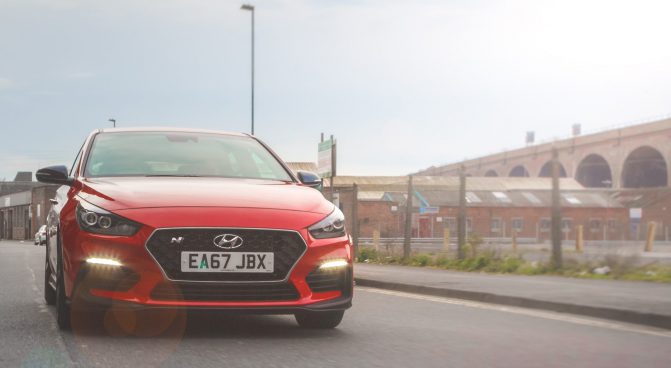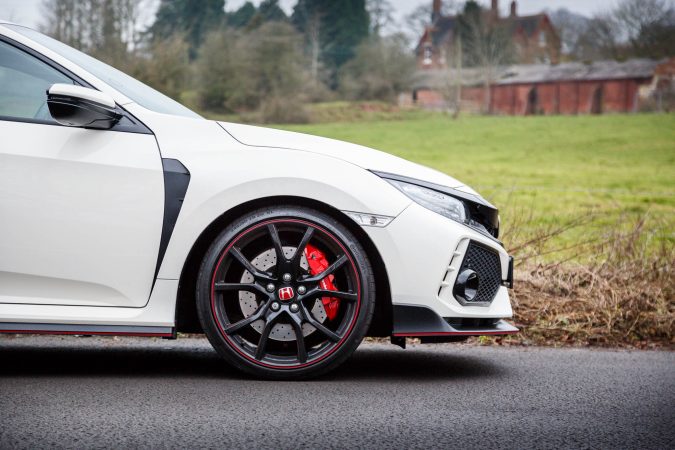Owning a vehicle in a high-traffic state like California brings unique challenges that demand preparation, patience, and smart decision-making. Heavy traffic not only affects daily commuting but also impacts vehicle maintenance, insurance costs, and overall ownership experience.
Unlike quieter regions where traffic seldom hinders movement, densely populated areas require vehicle owners to think strategically about various aspects of car ownership. From selecting the right vehicle to planning routes carefully, each decision can influence how manageable and cost-effective the ownership experience becomes. Understanding the various aspects of vehicle ownership in such environments is critical.
Beyond simply choosing a car, owners must consider maintenance routines, parking availability, insurance policies, and fuel efficiency strategies. Making informed decisions at each stage not only reduces stress but also ensures the longevity and reliability of the vehicle despite the heavy demands placed upon it.
Choosing the Right Vehicle
Selecting the appropriate vehicle plays a pivotal role in managing ownership stress in states plagued by traffic congestion. Compact cars, hybrids, and electric vehicles are often preferable choices due to their maneuverability, fuel efficiency, and reduced emissions. Smaller vehicles are easier to park in tight spaces and handle better in stop-and-go traffic scenarios.
Fuel efficiency should be at the top of the priority list. Stop-and-go traffic burns more fuel than steady cruising, making it important to select a car that offers good mileage even under urban driving conditions.
Managing Insurance and Financial Responsibilities
One of the most significant aspects of vehicle ownership in traffic-heavy states involves choosing the right insurance plan. Given the higher likelihood of fender benders, longer commutes, and increased exposure to potential accidents, securing an affordable yet comprehensive insurance policy becomes essential.
For example, drivers often seek cheap car insurance in California to balance coverage and costs effectively. Affordable insurance options allow drivers to protect themselves financially without straining their budgets, which is especially important when living in areas where vehicle repairs and healthcare costs related to accidents can escalate quickly.
While hunting for insurance, it is crucial to compare multiple providers, examine customer reviews, and understand what each policy covers. Some insurers offer discounts for safe drivers, vehicles equipped with modern safety features, or those who complete defensive driving courses.
Taking advantage of these options can significantly reduce monthly premiums. Moreover, bundling auto insurance with home or renter’s insurance can unlock additional savings, further easing the financial burden of ownership in high-traffic regions.
Prioritizing Regular Maintenance
Vehicles operating in congested states require more diligent maintenance to ensure optimal performance and prevent premature wear. Frequent braking, idling, and short trips can degrade oil quality, wear out brake pads, and affect tire life faster than highway driving. Therefore, adhering to a strict maintenance schedule becomes non-negotiable.
Regular oil changes, brake inspections, tire rotations, and fluid top-offs must be prioritized. Ignoring these basic services can lead to breakdowns, higher repair bills, and unsafe driving conditions. It is also wise to inspect belts, hoses, and cooling systems more frequently, as constant start-stop conditions put extra strain on these parts.
Monitoring tire health is equally critical. In traffic-heavy areas, tires are subjected to more lateral movement, curb contact, and heat buildup, all of which can shorten their lifespan. Checking tire pressure weekly and inspecting tread wear ensures better handling and reduces the risk of blowouts during critical moments.
Mastering Traffic Patterns and Route Planning
Another crucial aspect of vehicle ownership in traffic-heavy states is learning to master traffic patterns. Predictability is rare in dense urban centers, but understanding peak hours, major chokepoints, and alternative routes can save countless hours behind the wheel.
Utilizing real-time navigation apps can significantly improve daily commutes. These apps provide traffic updates, suggest detours, and estimate arrival times more accurately than static maps. Some even offer predictive traffic models based on historical data, allowing drivers to plan their departure times for minimal congestion.
Carpooling, if feasible, serves multiple purposes. It not only reduces personal driving stress but also cuts down on fuel costs and contributes to fewer cars on the road.
Parking and Storage Solutions
In high-traffic states, finding convenient and affordable parking is often one of the most frustrating aspects of vehicle ownership. Without careful planning, parking fees can quickly accumulate into a major monthly expense. Securing a designated parking spot, either through rental agreements or property leases, is one way to avoid the daily scramble for parking.
For those without guaranteed spots, it becomes necessary to study local parking regulations meticulously. Knowing when and where street parking is permitted, understanding meter rules, and avoiding tow-away zones can prevent costly tickets and vehicle impoundment. Some vehicle owners invest in mobile apps that alert them to available parking spaces, enforce parking timers, and even suggest nearby garages with competitive rates.
During periods of extended travel or if the vehicle is used less frequently, owners should consider storage facilities.
Adapting Driving Habits for Efficiency and Safety
Driving habits must adapt to the unique demands of high-traffic environments. Aggressive driving not only increases the risk of accidents but also accelerates vehicle wear and fuel consumption. Maintaining a safe following distance, using smooth acceleration and braking, and anticipating traffic flow changes are essential skills.
Idling for extended periods wastes fuel and puts unnecessary strain on the engine. Where possible, shutting off the engine during long stops, such as at railroad crossings or in gridlock, conserves resources. Additionally, minimizing distractions behind the wheel, including mobile phone use and eating, dramatically improves focus and reaction times.
Practicing defensive driving techniques—such as scanning the road ahead, checking mirrors frequently, and being prepared for sudden stops—enhances overall safety. In dense traffic, the actions of other drivers are often unpredictable, making vigilance and proactive behavior critical.
Evaluating Public Transportation Alternatives
While vehicle ownership offers undeniable convenience, high-traffic states often provide robust public transportation systems as viable alternatives. Evaluating when it makes sense to use a personal vehicle versus public transport can save time, reduce expenses, and lessen environmental impact.
For daily commuting into highly congested city centers, combining driving with park-and-ride options may present an optimal solution. Leaving the car at a secure lot and using trains, buses, or subways for the final leg of the journey can circumvent the worst traffic bottlenecks and eliminate the stress of parking.
Moreover, embracing the occasional use of rideshare services, bike-sharing programs, or carpool initiatives can provide flexibility while keeping personal vehicle use to a minimum. Strategic blending of different modes of transportation ensures that vehicle ownership remains practical and economically viable even in the most challenging traffic scenarios.
Navigating vehicle ownership in high-traffic states demands foresight, adaptability, and a proactive mindset. By carefully managing insurance, choosing the right vehicle, maintaining a rigorous service schedule, understanding traffic patterns, securing parking solutions, adapting driving habits, and leveraging public transportation when appropriate, drivers can mitigate the many challenges they face. With the right approach, even the most congested environments can become manageable, ensuring that vehicle ownership remains a source of freedom and not a source of constant frustration.


